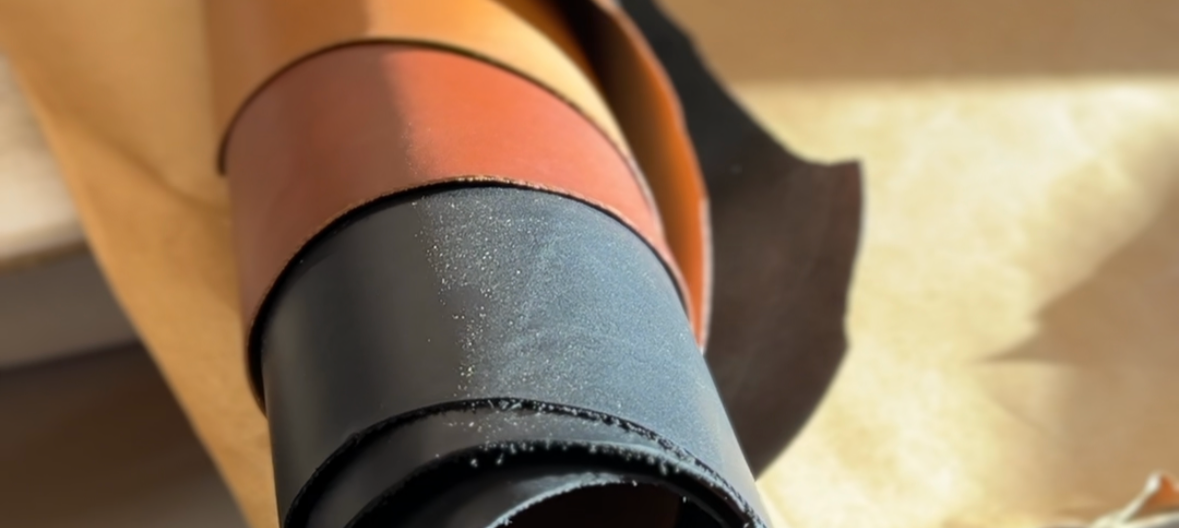Leather
We use three different leathers in our products, and each serves a purpose based on the use of the item.
Every hide we use is full-grain leather, meaning there is no material taken off the top of the hide. These hides include natural markings, such as scarring, blemishes and branding. This is what makes the leather so special. No two hides are the same, so no two wallets, belts or bags are the same.
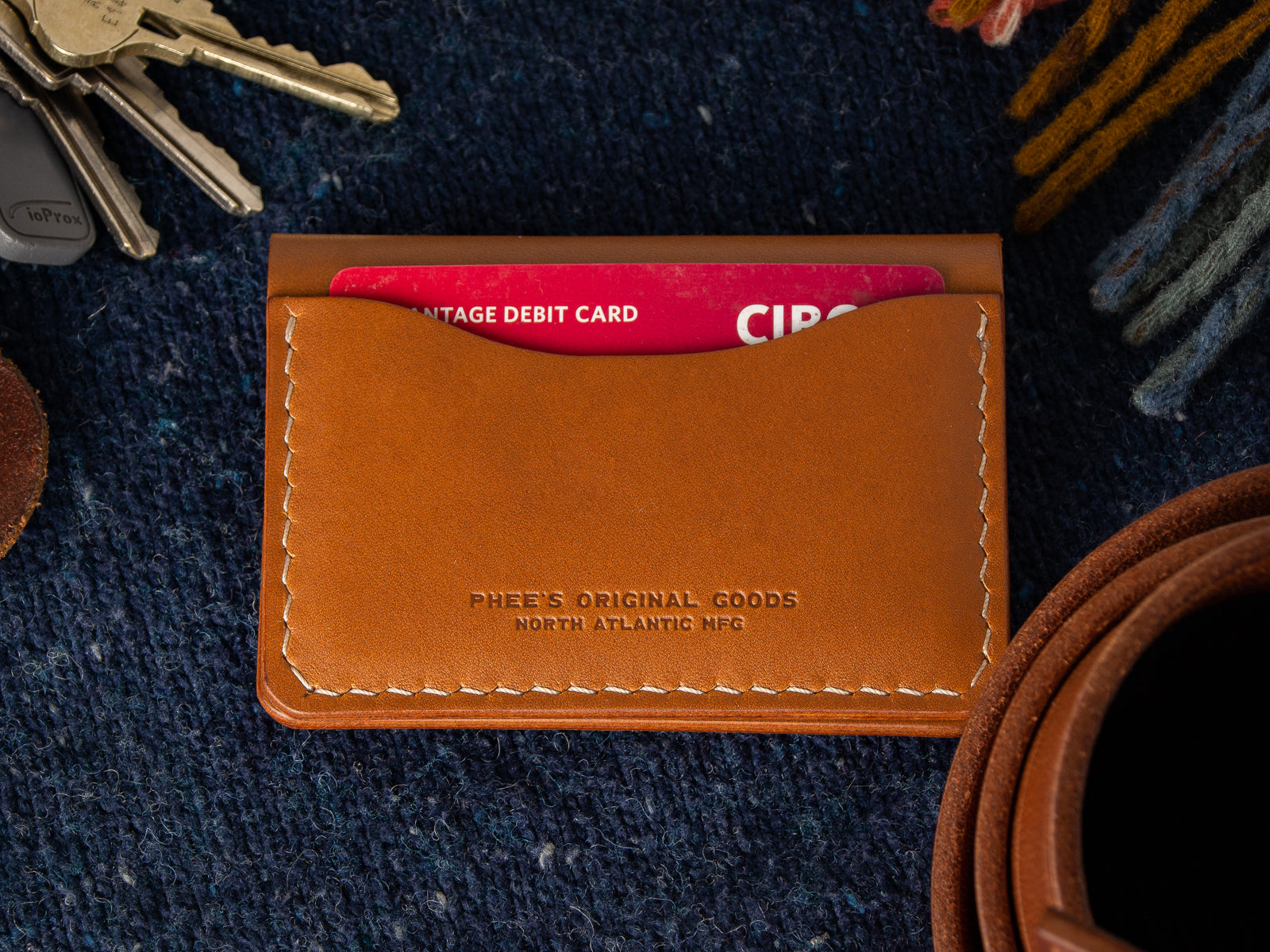
Italian veg-tan
Vegetable tanning is the oldest method of tanning leather. Over the course of months, cow hides are put into multiple baths of tannins - a mix of natural materials such as tree bark and leaves. The process is labour intensive and expensive, but results in a firm temper leather which develops a beautiful patina.
As such, we use this leather for all our wallets and a variety of other goods.
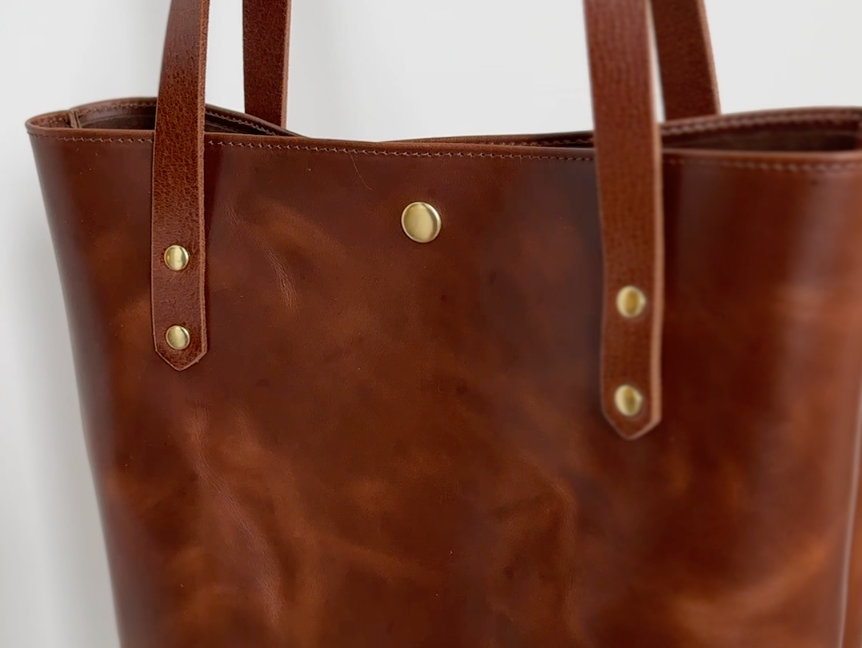
chrome-tan
The chrome-tan process is quicker and more affordable than veg-tan. As such, it's much more common these days. These hides are tanned with a mix of a chemical called chromium and oils.
This process results in a leather which is typically a bit softer in temper, often featuring a pull-up effect and is ideal for use in bags and home goods.
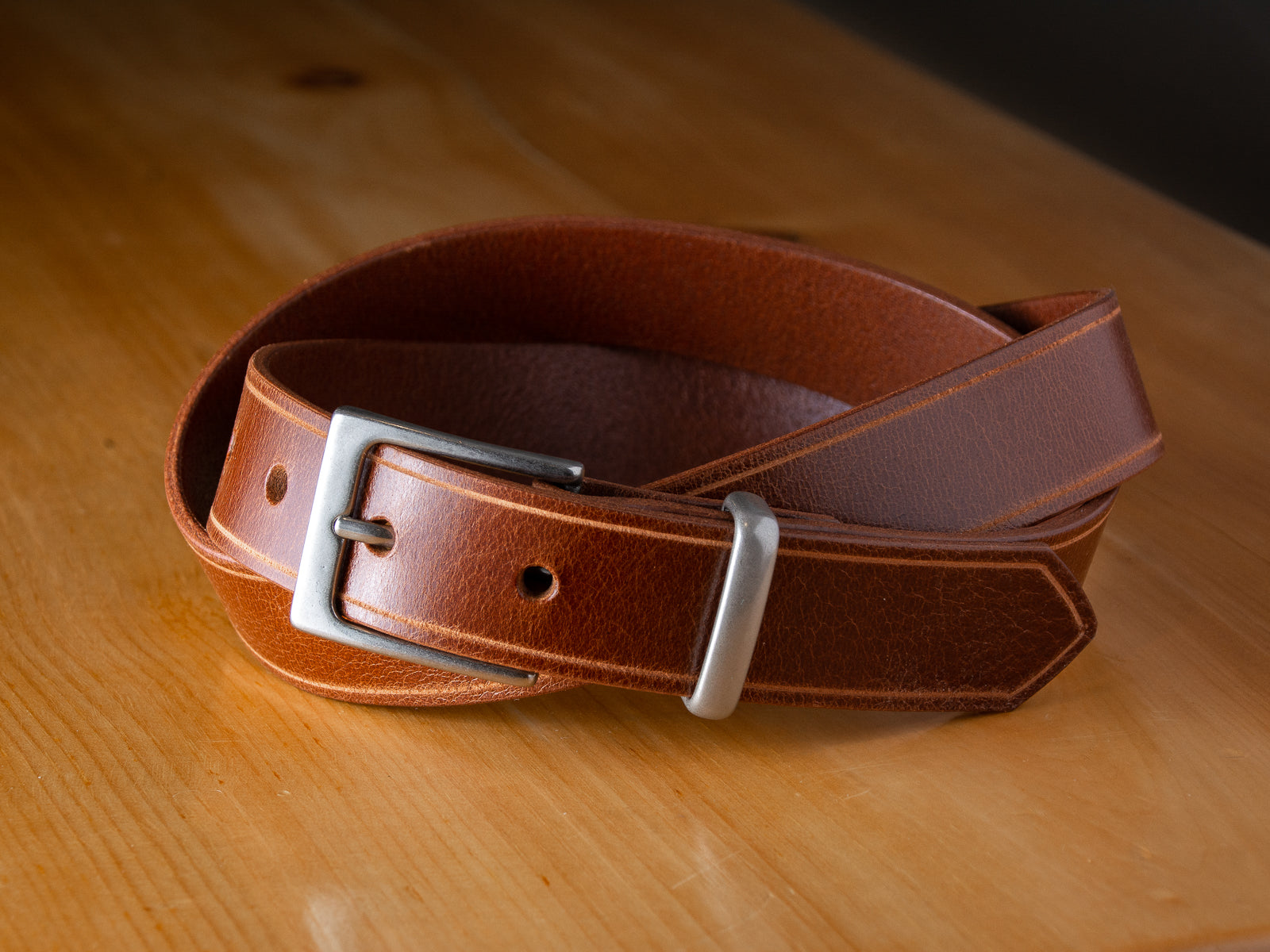
water buffalo
This leather is tanned using the same vegetable-tanning process as our wallet leather, however the water buffalo hides are not stretched as much as cow hides. The closeness of the fibers means the hide is stronger and more durable.
The strength of this leather makes it great for our belts, bag straps and some keychains.
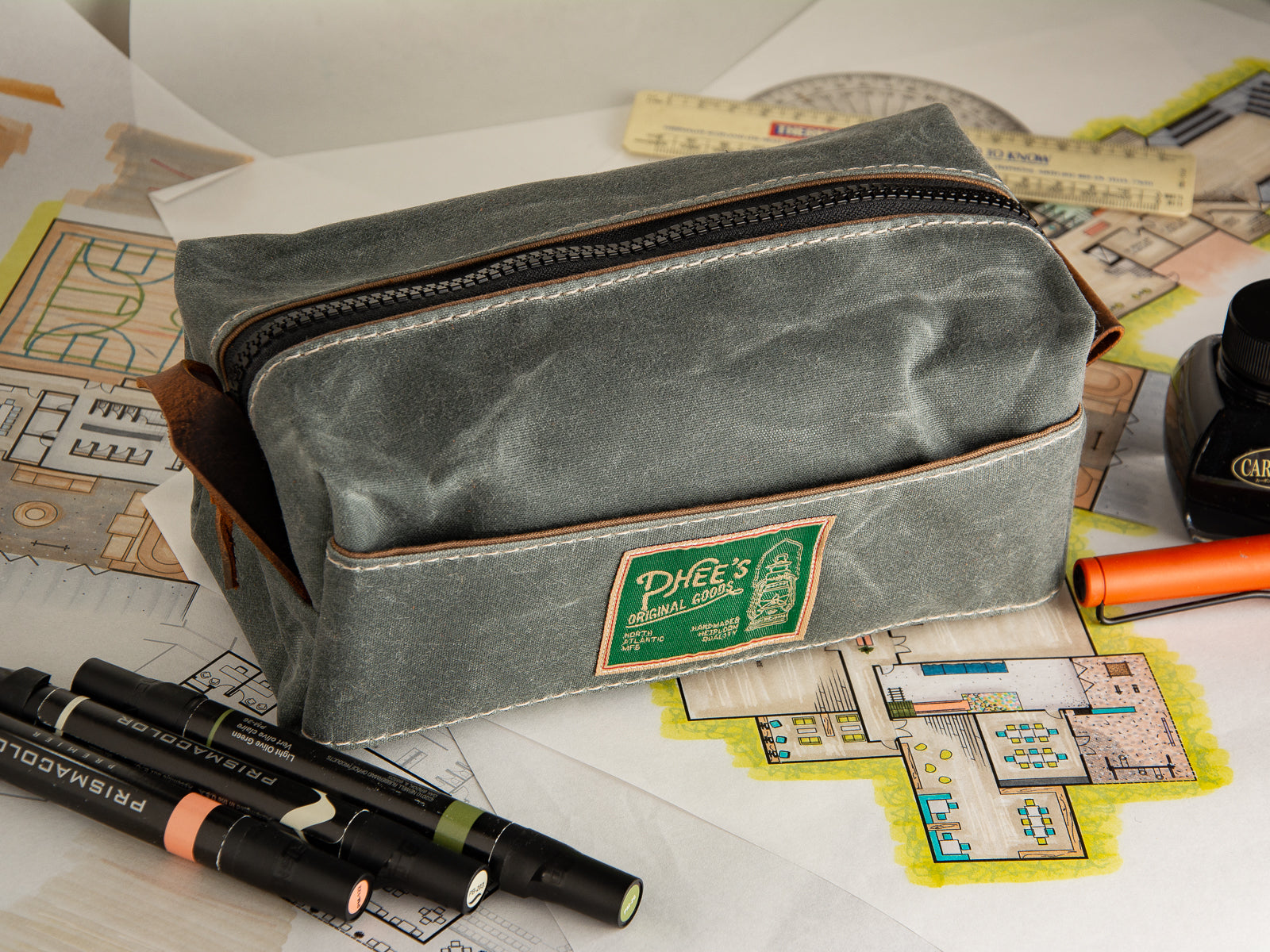
waxed duck canvas
There’s a reason that leather and waxed canvas work so well together. Duck canvas is made with tightly woven cotton. It is durable and, thanks to the non-toxic wax treatment, is also water-repellent. It’s thick, it's strong, and it also patinas - a bit like leather. As you use your piece, you’ll see wear points darken and start to get a little shiny - a badge of honour earned after putting in the time with your Goods.
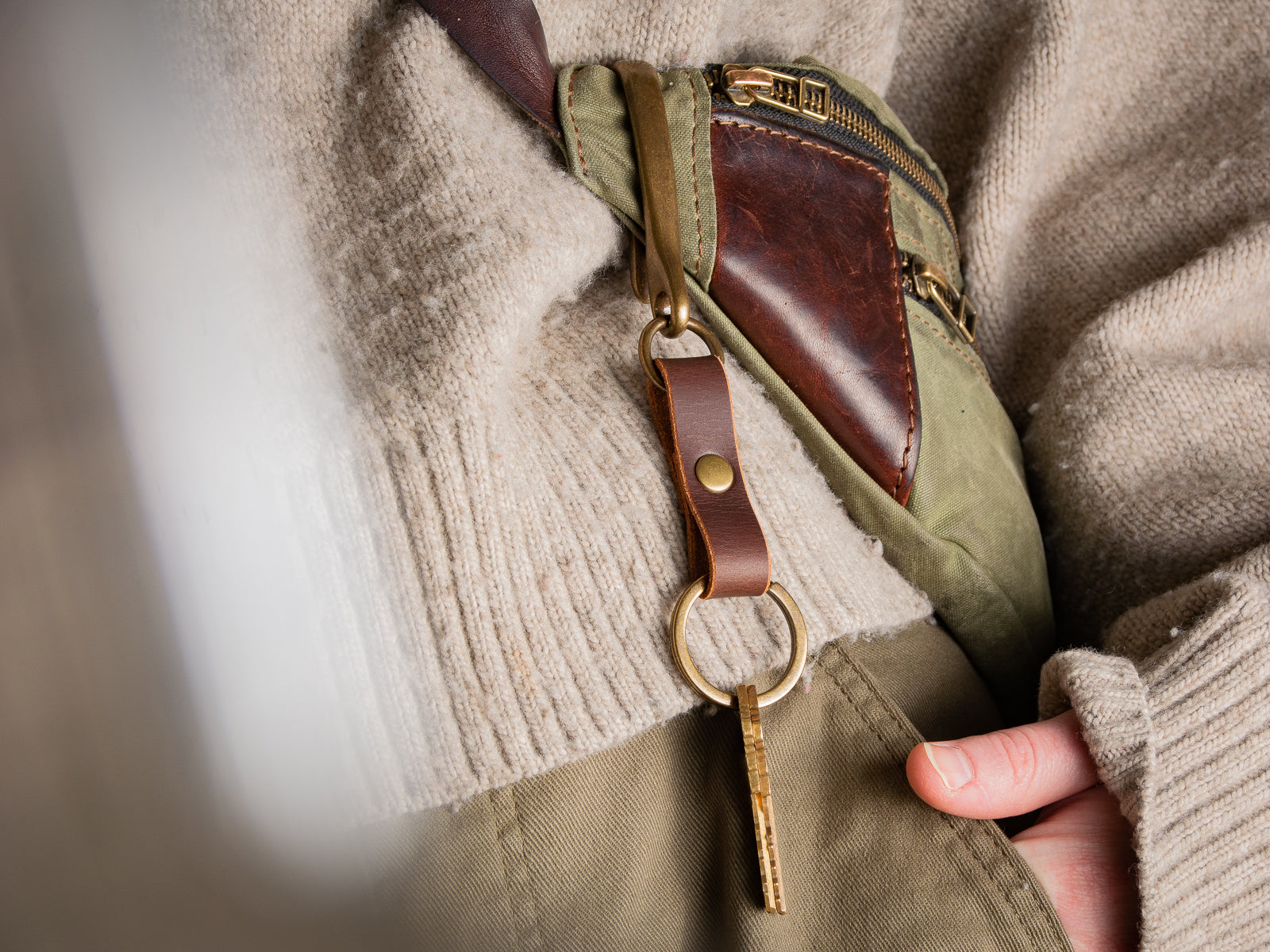
solid brass hardware
Solid brass is super durable and corrosion-resistant, and also patinas like leather. It shows it's wear over time and will slightly change colour with use. It lasts a lifetime and ages beautifully.
There are some pieces that are not suited for use in brass (keyrings for example), but they are few and far between. In these instances, the hardware is either steel or iron.
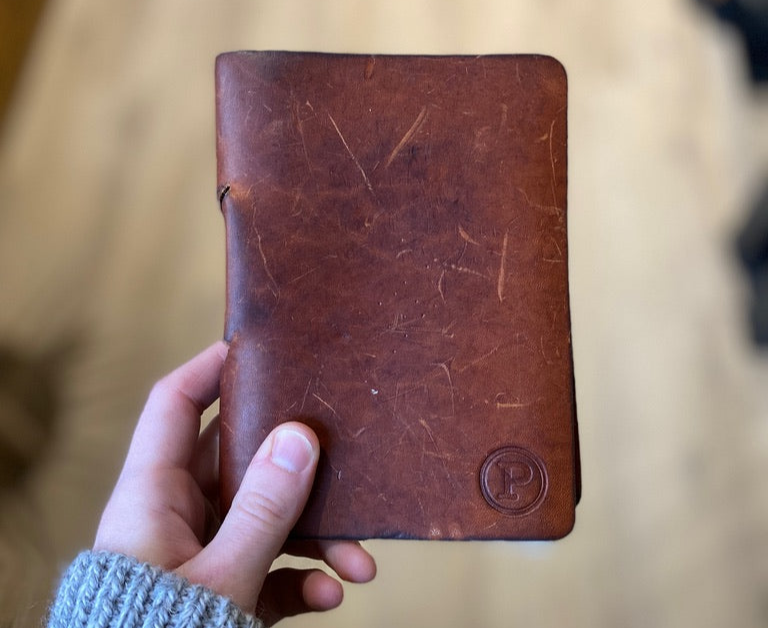
Patina
Alight, alright, but what is patina?
Patina is the wear pattern that develops on natural materials (like leather and waxed canvas) simply by being worn, handled and exposed to the elements. It’s the dark spots on the corners of your grandfather's old briefcase, and the way your dad’s wallet has formed to the shape of his pocket. There is no shortcut to developing a patina. It takes nothing more than high-quality materials and time.
We love seeing your well-worn goods so feel free to send us a picture on Instagram or via email with an update!


